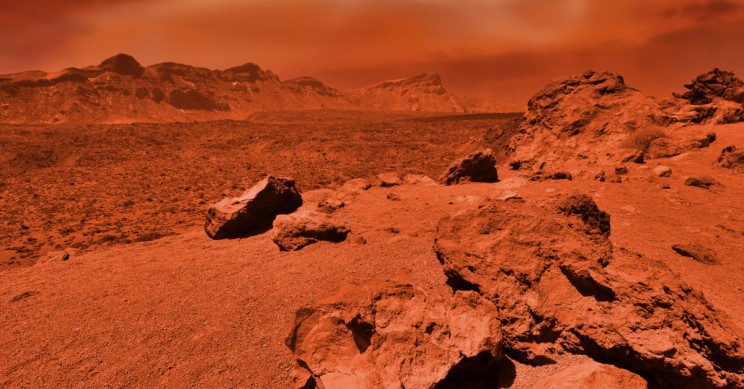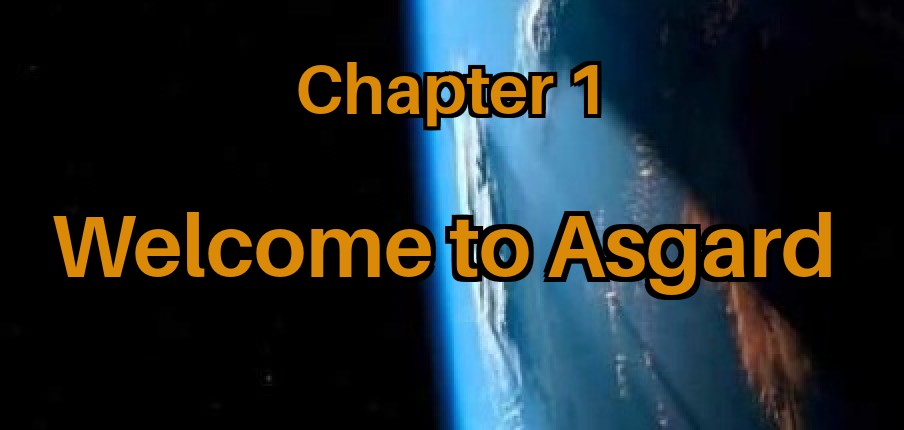
Despite how the movies and others popularize cities inside domed colonies on Mars, those are unlikely to be constructed. More likely it will be buildings buried under ten meters and more sand. There will be cases where having a ten or twenty-story building sticking up out of the sand makes sense, but those will be few. The overwhelming majority will be buried under more than 10 tons of sand per square meter. This is a safety and engineering matter, not a personal preference matter. Not only does this provide superior radiation protection, but provides the counter pressure on the walls to balance the internal pressure.
Pressurized tunnels buried just as deep will connect them. This creates a short sleeve environment, allowing people to move with ease and safety from building to building without cumbersome pressure-suits. A barrel vault tunnel of close to 20 meters wide and 15 high is one possible design. Such tunnels allow the use of small electric vehicles to transport freight, personnel, and produce, from building to building.
These large interconnected tunnels will be the main thoroughfares where most businesses are located. Companies that build these tunnels can recoup the costs of construction and make a profit selling the right to build next to them and attached to them.
Much smaller 3-meter wide side tunnels, restricted to foot traffic, personal mobility devices, and delivery robots will be built attached to these. Most private homes will be here, as these tunnels are cheaper to construct and maintain. The developers of many of these will likely zone them as residential only. This would be a selling point. These tunnels make it easy to create “gated communities” with electronic doors that only allow the residents of a tunnel, in that tunnel, as additional selling points.

These developers-construction firms, and who they manage to sell buildings to, and the type of building being bought are going to be the ones shaping how a Mars colony looks. The construction companies and the people having buildings built will come from every country on Earth. This will result in a more organic design and growth rather than a centralized planned colony.
Many things will need to be worked out between the companies offering building and their customers. How interconnected will the tunnels be? What guarantee can be made to keep substandard tunnels and buildings from being attached and endangering others? Who takes care of maintenance and keeping the tunnel clean? Who pays for the lighting and air circulation?
Different tunnels offered by different companies are likely to have different answers to how they solve many such questions. Nor will every tunnel be connected to every other. You will end up with separate groupings of tunnels that operate with different standards. Travel between such groupings will require travel on the surface in either a pressure-suit or pressurized vehicle.
Such tunnel complexes will be similar to the township in many cases. Some may even have ruling town councils setting rules for them. Others will have such taken care of via contract with the developer. Still, others may try other forms. In some ways, living there is going to be like having a home in a small town with its own building codes and rules of conduct.
One code that will likely be nearly universal is all buildings must be able to recycle their own air, water, and sewage. This will affect, building design, tunnel design, general layout, and other rules. This will result in the Martian colonist being more mindful of how much waste they are creating than your Earth resident.
The big dome where the government or company provides air, food, water, and housing for tens of thousands is not likely to happen on Mars. A dozen, then hundreds, then thousands of tunnels growing according to need an investment level where each provides for its own life support is more probable. Centralization is likely to be confined to the energy production and distribution and even there it is likely to be nodal with overlap.
Most people will live and work in the same “township” only leaving it on rare occasions. Each will reflect the culture and ideology of those that build or fund them. No large monolithic culture will be there, but a highly diverse group of different cultures.
There are scores upon scores of things to still be worked out. This is just the starting point. The Dome concept is dependent on the government forcing people to invest, the tunnel is dependent on enticing them into buying buildings. Tunnels offer a far wider range of opportunities for people also. It is this ability to offer different options to different investment groups in a cost-effective manner than puts it at the top of most likely to be done.